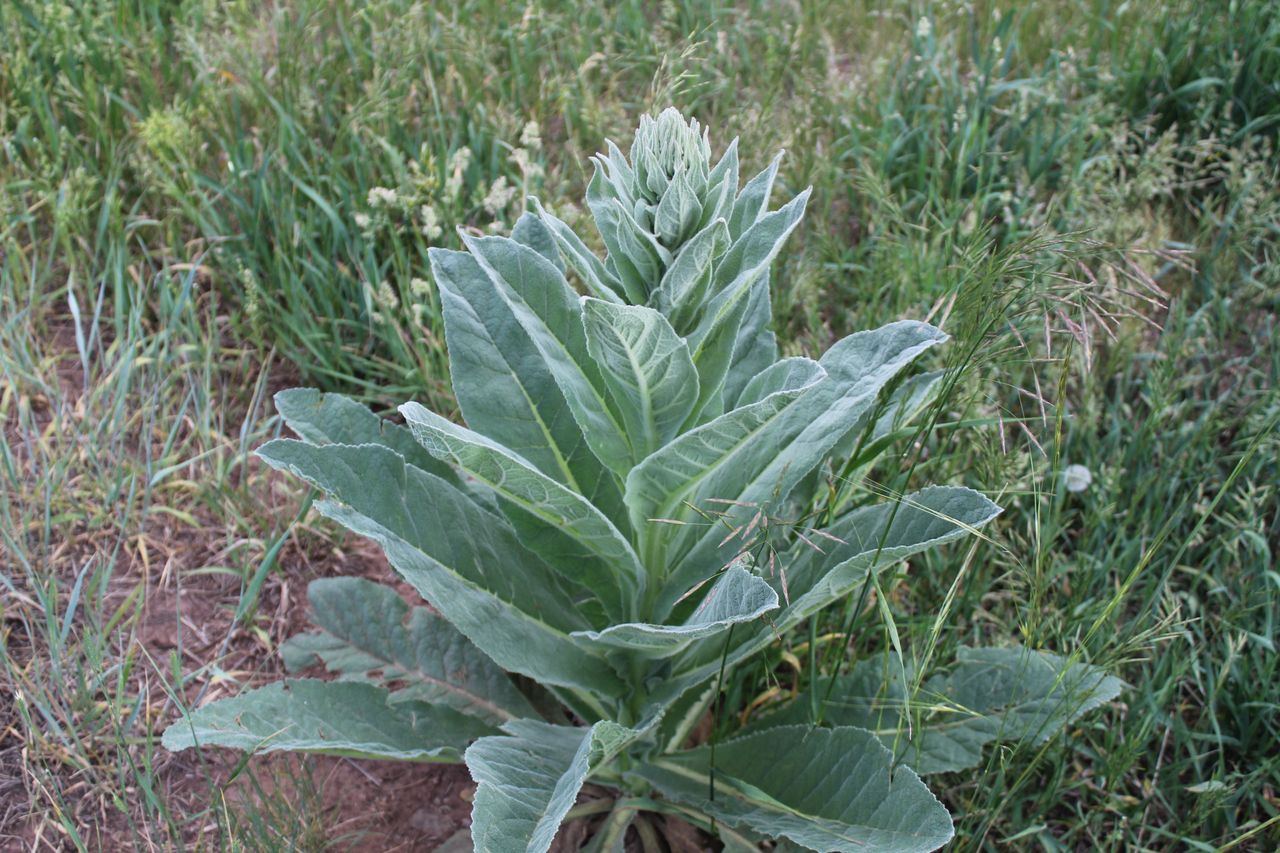Mullein Tea may not be one of the most well-known teas nowadays but has been used for years in many cultures for its medicinal properties and refreshing taste. With a slight subtle sweetness, a rich aromatic taste and herbal flavour profile, mullein tea is perfect as an afternoon tea and is caffeine-free. The tea can be mixed with honey or a little sugar to increase its sweetness. Although some have said it can be bitter, it really depends on what part of the Mullein plant has been dried and used for the tea. The roots are more bitter, while the leaves have a slight but subtle earthy bitterness and the flowers carry a delicate sweetness. To infuse more flavours with the tea, you can combine Mullein tea with other complementary herbal teas such as green tea that also carry many benefits for your health.
Verbascum Thapsus, also known as the common mullein, flannel leaf, beggar’s blanket, velvet plant, candlewick plant, and Quaker rouge is a hairy medicinal plant that can grow to 2 meters tall or more. This plant has many uses. The leaves can be made into tea. Different parts of it and its extract are sometimes used as cosmetic ingredients. The flowers which are edible have a subtle taste with a natural sweetness. In fact, both the leaves and the flowers can be used in a salad.
History and Tradition of Mullein Tea
Because of its many uses, the common mullein was and still is widely recognized by different cultures. In ancient Rome, soldiers dipped it into tallow to make ceremonial torches. Some grew it as an ornamental plant. While others thought that it had power over witches and evil spirits, which is the reason why it was considered a magical plant. What probably made it more magical is the fact that it has long been used as a medicinal herb for thousands of years. In fact, Dioscorides, a Greek physician first recommended it 2000 years ago as a treatment for pulmonary diseases. The belief was that it was good for one’s respiratory health spread in different parts of Europe. For this reason, it was widely cultivated in some parts of the continent like Ireland, as a remedy for tuberculosis.
Even though the mullein is native to Europe, Asia, and northern Africa, it was naturalized in Australia and the Americas, where it was used as a treatment for lung diseases, sores, rashes, and skin infections by Native Americans.
Benefits of the Mullein Tea
There are many benefits of mullein tea so we’ve outlined a few here for you to check out when considering Mullein Tea. Aside from being a good herbal drink for respiratory health, below are the additional possible benefits of this healthy drink:
-
It may help treat headaches
Many herbalists have been using the leaves and fruits of the mullein herb to treat migraines. A study can help confirm its effectiveness since it suggests that extracts from the mullein herb can help relieve headaches. -
It may help lower the risk of cancer
The common mullein is a source of saponins that lower cancer risk, inhibit the growth of tumours, and strengthen the immune system. -
It may help improve gut health
This herb contains mucilage which is anti-constipation and anti-cholesterol. It may remove toxins, heal the gut’s lining, and help keep the overall digestive system healthy. -
It may help protect against cellular damage
Flavonoids can be found in mullein tea. These powerful antioxidants help regulate the cellular activity, fight oxidative stress, and protect the body from everyday toxins and stressors.
With many great benefits and a refreshing taste, we highly recommend you give Mullein tea a try! You can check out our range of mullein tea at Tea Life or explore the range of Herbal Teas!


Share:
Cardamom Pods - Ancient, Traditional, and Modern Benefits
Fennel Tea - Ancient, Traditional, and Modern Benefits